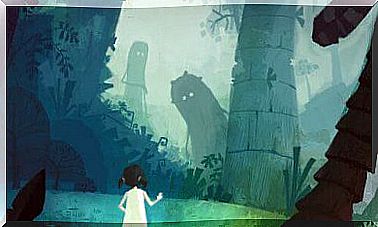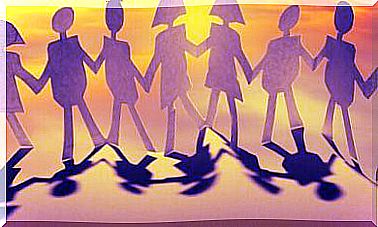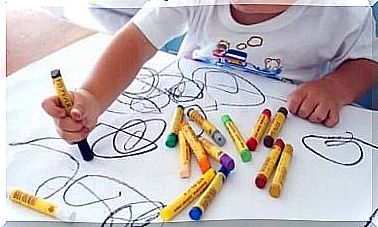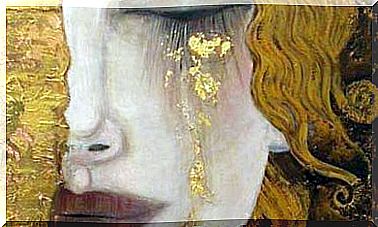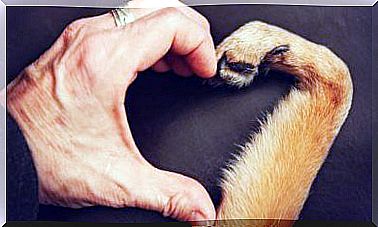Get To Know Your Four Basic Emotions

Fear, anger, happiness and sadness are the four basic emotions in humans. Everyone has known them, regardless of phase in life, age or culture. But do you know how to control them? Are you aware of them?
Emotions are not arbitrary, but rather play a principled role in our psychological development. This means that they serve as a way to advise and guide us in the conversation with our body and in the socialization with others.
Maybe it’s a little difficult to understand this at the same time as it seems a bit technical or as an excerpt from an encyclopedia. But it is important to remember that everyone feels fear, feels anger, becomes happy and becomes sad because the mind and body develop and we can come out as human beings and socialize in this way.
During life we learn about and experience the roller coaster of emotions. So if you have a beautiful chapter in your life where everything was happy, it has shaped your character, just as if you have been through an event that made you sad or that made you very angry or scared.
It does not matter how old we are, where we live or what we work with. Without exception, we will feel these four basic emotions, often many times each day. This is due to the fact that emotions are very useful information that allows us to know how we feel here and now, and acts as a guide through life that allows us to understand and know how to proceed, but only if we pay attention to them.
Good or bad feelings do not exist, although we normally believe this and divide the feelings into these compartments. What is there are emotions that can be more or less pleasant. They all have a specific function and all are necessary.
What roles do these basic emotions play?
These four primary or basic emotions in humans are energetic qualities; they allow us to act in an expansive way with others (anger or happiness) or with ourselves (sadness and fear).
So let’s analyze the four basic emotions separately to uncover their specific functions in our lives:
Fear
This is a feeling known by experts as “withdrawal”, and whose function is to warn us of the presence of a danger that could cause us harm.
At the same time, it allows us to evaluate our capacity to confront situations we see as threatening. If we get to know and deal with the fear, we will be able to exercise caution and distance ourselves from panic, phobia and carelessness.
Happiness
Also known as ” the opening feeling “. It helps us bond with others and is found among the expansive emotions (along with anger).
It can manifest itself in many ways, but the most common are tenderness, sensuality and eroticism. If we manage to manage happiness well, we can achieve peace and fullness. If we do not know how to handle it well, it can give us sadness, euphoria or frustration.
Sorrow
Grief is found in the withdrawing group and is known as the most reflexive feeling of them all. It always evokes something that has happened in the past and its function is to help us be aware of a thing, situation or person we have lost or longed for.
Anger
This is the second expansive feeling. It comes from an impulse ; a way to take something or someone away from us, or to get rid of what bothers us, what we consider to be unfair or what hurts us.
Anger brings a stream of energy that sometimes helps us gain insight into what we want or assures us of the need to sharpen the tone. Therefore , it should not always be considered “negative”. What happens sometimes, though, is that anger rather than helping us solve the problem makes it a bigger problem, if we take it to extreme levels.
Anger can help us cleanse ourselves of everything that weighs on us. But for this to be possible, we must both acknowledge it, accept it and handle it correctly.
When we are aware of our basic emotions and learn to live with them, it will be much easier to realize that they are all positive aspects of our lives.
